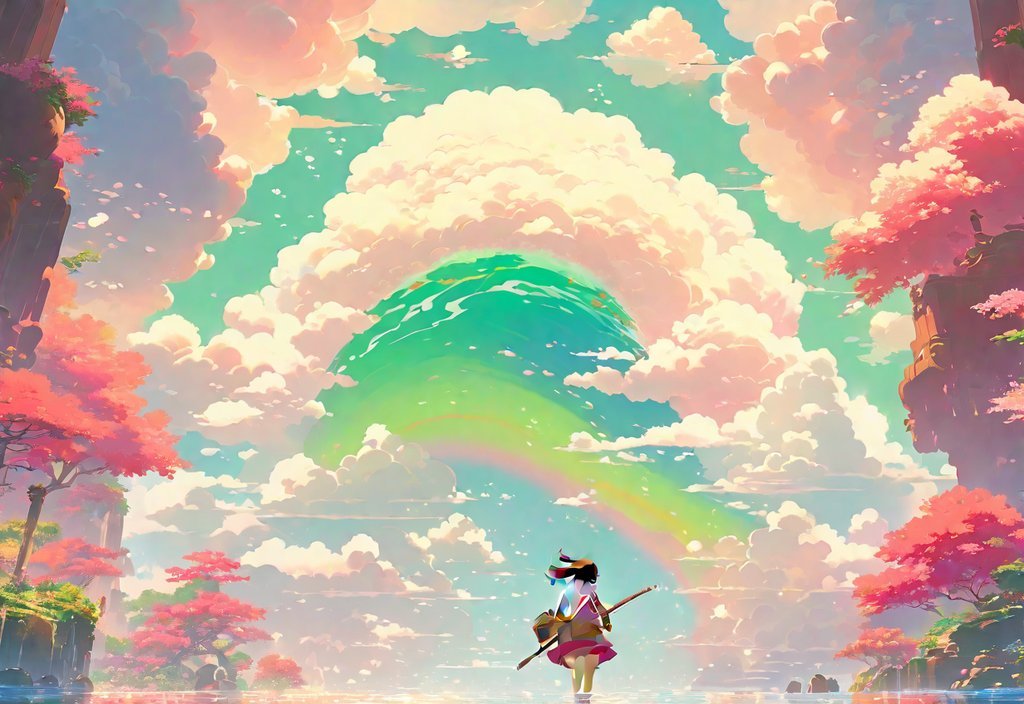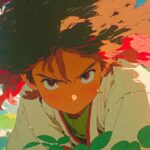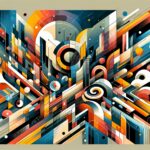If you thought you knew everything about the renowned Renaissance artist Raphael, think again! In this article, we are about to embark on a journey through the hidden gems of Raphael’s life and works, unearthing some fascinating fun facts that are bound to captivate art enthusiasts and history buffs alike. From his early days as a prodigious talent to his untimely demise, we will delve into lesser-known aspects of Raphael’s artistry, shedding light on the intriguing details that make him a true icon in art history. Get ready to be amazed as we unravel the mysteries surrounding this legendary artist!
Key Takeaways:
- Raphael is widely regarded as a master of the Italian Renaissance and his reputation has only grown over time.
- He was exposed to a rich cultural environment during his upbringing, which contributed to his artistic development.
- Raphael’s father, Giovanni Santi, being a court painter, likely influenced his early exposure to art.
- Raphael and Michelangelo were rivals, competing for patronage during their careers.
- He received training from Pietro Perugino, a leading artist of the early Renaissance.
- Leonardo da Vinci’s art had a significant impact on Raphael during his time in Florence.
- Raphael’s fresco sequence in the Raphael Rooms in the Vatican is one of his most famous works, commissioned by Pope Julius II.
- He became the most important artist in Rome by 1517 and received architectural commissions in addition to his painting work.
- Raphael had a romantic relationship with Margherita Luti and was known for his sweet disposition.
- The exact cause of Raphael’s death is debated, but it is said he died due to excessive sexual activity on his 37th birthday.
Fun Facts about Raphael: Unveiling the Fascinating Renaissance Artist
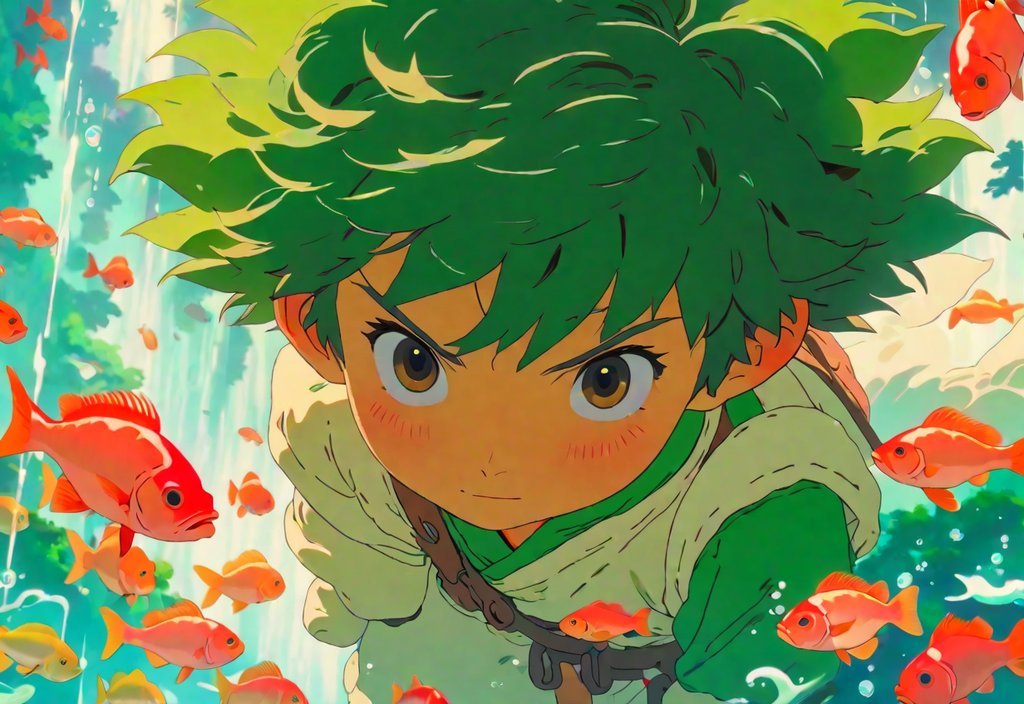
Raphael is widely regarded as one of the greatest artists of the Italian Renaissance, and his contributions to the art world continue to captivate and inspire. While many are aware of his renowned masterpieces, such as the “School of Athens” and the “Sistine Madonna,” there are several fascinating facts about Raphael that often go unnoticed. In this article, we will dive into the lesser-known aspects of Raphael’s life and artistry, shedding light on the intriguing details that make him a truly remarkable figure in art history.
Raphael’s Cultural Upbringing
- A Renaissance Star: Raphael’s reputation as a master of the Italian Renaissance was established during his lifetime and has only grown after his death[^1^]. His artistry continues to be celebrated for its elegance, grace, and attention to detail.
- A Well-Rounded Upbringing: While Raphael is often associated with Florence and Venice, he was exposed to a rich cultural environment during his upbringing, including smaller towns across Italy[^2^]. This diverse exposure played a crucial role in shaping his artistic style.
Influences and Rivalries
- A Father’s Influence: Raphael’s father, Giovanni Santi, was a court painter, which likely influenced his early exposure to art and played a significant role in his development as an artist[^1^][^3^]. The artistic lineage passed down from his father laid a solid foundation for his own creative journey.
- A Rivalry with Michelangelo: Raphael and Michelangelo, two of the greatest artists of their time, were fierce rivals, competing for patrons and recognition[^4^]. While Michelangelo was already established in his career when Raphael arrived in Rome, this rivalry pushed both artists to continually push the boundaries of their craft.
Artistic Influences and Achievements
- A Master’s Mentorship: Raphael was trained by the respected master Pietro Perugino, one of the leading artists of the early Renaissance[^5^]. Under Perugino’s guidance, Raphael refined his techniques and developed his unique artistic voice.
- Inspired by da Vinci: Leonardo da Vinci, a true genius of the Renaissance, had a significant influence on Raphael during his Florentine period between 1504 and 1508[^6^]. Raphael was inspired by da Vinci’s inventive techniques and incorporated them into his own work.
- A Papal Patronage: Raphael is best known for his fresco sequence in the Raphael Rooms in the Vatican papal apartment, commissioned by Pope Julius II[^6^]. These breathtaking artworks showcase Raphael’s mastery of composition, color, and narrative storytelling.
- Rome’s Most Important Artist: By 1517, Raphael became the most important artist in Rome, receiving prestigious architectural commissions in addition to his painting work[^6^]. This position cemented his legacy as one of the most influential figures in the art world.
Personal Life and Legacy
- A Romantic Artist: Raphael had a romantic relationship with Margherita Luti and was known for his sweet disposition[^7^]. His personal relationships, both romantic and friendships with those in high society, provide insights into his charismatic personality.
- A Mysterious Death: While Raphael’s cause of death is subject to speculation, it is said that he died on his 37th birthday due to excessive sexual activity[^7^]. This intriguing detail adds an air of mystery and fascination to his already enigmatic persona.
Raphael’s life and artistry continue to captivate art enthusiasts, scholars, and casual observers alike. By delving into these fun facts about Raphael, we gain a deeper appreciation for his extraordinary talent and his lasting impact on the art world.
Do you know any other interesting facts about Raphael? Share them with us in the comments below!
[Attention: For further information and additional facts about Raphael, refer to the following sources:
- Facts.net
- FactsKing.com
- Tons of Facts
- Discover Walks
- Encyclopedia Britannica
- Biography.com
- National Geographic]
Check out these fascinating fun facts about copper! For more information, click here.
Did you know that protein plays a crucial role in building and repairing tissues? Discover more fun facts about protein here!
If you’re a fishing enthusiast, you won’t want to miss these interesting fun facts about fishing. Dive in and explore them here.
Learn about the incredible achievements of Mae Jemison, the first African American woman to travel to space. Find out more fun facts about Mae Jemison here!
Join us on a journey to uncover intriguing fun facts about beer. Cheers! Discover them here.
Innovations in Technique and Style
Raphael, a prominent artist of the Italian Renaissance, left a lasting impact on the art world through his innovations in technique and style. Let’s dive deeper into some fascinating facts about Raphael’s remarkable contributions.
The Influence of Perugino and Leonardo da Vinci
Raphael’s artistic journey started under the guidance of his mentor, Perugino. The influence of Perugino’s style can be observed in Raphael’s early works, showcasing the similarities between their artwork. However, Raphael didn’t stop there. He incorporated Leonardo da Vinci’s compositional ideas into his own paintings, further expanding his artistic repertoire[^1^].
Adopting Solid Forms
During his time in Florence, Raphael found inspiration in the works of local artists, especially Fra Bartolomeo. Bartolomeo taught him to replace fragile lines with more solid forms, ultimately enhancing the visual impact of his creations[^1^].
Drawing Inspiration from Leonardo da Vinci
Raphael’s artistic journey took a significant turn when he encountered the works of Leonardo da Vinci. The innovative techniques pioneered by da Vinci greatly influenced Raphael’s artistic style during his Florentine period. This period saw a fusion of their artistic approaches, shaping some of Raphael’s most iconic works[^1^][^2^].
Fun Facts about Raphael’s Artistry
Now that we have touched on some prominent innovations in Raphael’s technique and style, let’s explore a few more intriguing facts:
- Raphael’s father served as the court painter to the Duke of Urbino, exposing him to the world of art from an early age.
- One of Raphael’s greatest masterpieces can be admired in the fresco sequence in the Raphael Rooms located in the Vatican.
- By 1517, Raphael became the most esteemed artist in Rome, leading to a fierce rivalry with another brilliant artist of the time, Michelangelo.
- Speculations surround Raphael’s untimely death on his 37th birthday, with some attributing it to excessive sexual activity.
- During the 18th and 19th centuries, Raphael was hailed as the greatest painter of the Renaissance period.
Key Takeaways:
- Raphael was influenced by his mentor Perugino and incorporated Leonardo da Vinci’s techniques into his own art.
- Raphael’s time in Florence exposed him to the works of local artists, leading to the adoption of more solid forms in his artwork.
- The fusion of Raphael and Leonardo da Vinci’s artistic styles during Raphael’s Florentine period resulted in some of his most renowned works.
- Raphael’s contributions to the art world continue to captivate and inspire, making him one of the greatest painters of the Italian Renaissance[^1^][^2^].
Link to “Raphael Style and Technique” on artble.com\
Link to “8 Interesting Facts about Raphael, Master of the Italian Renaissance” on My Modern Met
Portraits and Celebrity Status
Raphael, the renowned Italian artist of the Renaissance period, had a fascinating life filled with interesting facts and connections. From his rivalry with Michelangelo to his close relationship with Popes Julius II and Leo X, these aspects shed light on his artistic journey and the social dynamics of the time. Now, let’s delve into some captivating fun facts about Raphael.
Raphael’s Rivalry with Michelangelo
Raphael’s talent and artistic contributions often put him in direct comparison with the great Michelangelo. However, their relationship was marked by rivalry and tension. Michelangelo didn’t particularly like Raphael and believed that he plagiarized his work. This rivalry added an intriguing dynamic to the art scene during their time.^source
Raphael’s Close Ties with the Popes
Another fascinating aspect of Raphael’s life was his close relationship with two influential figures in the Catholic Church: Pope Julius II and Pope Leo X. His association with these popes contributed to his success and popularity in Rome. The patronage of the popes allowed Raphael to showcase his talent and gain widespread recognition.^source
The Flourishing Workshop in Rome
Raphael had a large workshop in Rome, bustling with creativity and artistic collaboration. At least fifty students and assistants worked alongside him, honing their craft and contributing to the production of countless masterpieces. This workshop not only allowed Raphael to create an extensive body of work but also fostered the growth of aspiring artists under his guidance.^source
An Artistic Lineage
Raphael’s artistic inclination may have been inherited from his father, Giovanni Santi, a well-known painter who worked for the Duke of Urbino. Growing up in this artistic environment, Raphael was exposed to painting from a young age, which undoubtedly influenced his own artistic development. The influence of his father’s work and connections played a significant role in shaping Raphael’s path as an artist.^source
Raphael’s Intriguing Namesake
Interestingly, Raphael’s name itself carries historical significance. He was named after Raphael, a notable 16th-century Italian painter. This namesake further underlines Raphael’s connection to the world of art and serves as a tribute to his chosen calling as a painter. The intergenerational homage serves as a reminder of the vast artistic legacy Raphael carried on throughout his career.^source
Key Takeaways:
- Raphael’s rivalry with Michelangelo added an intriguing dynamic to the art scene of their time.^source
- His close relationship with Popes Julius II and Leo X elevated his success and popularity in Rome.^source
- Raphael’s large workshop in Rome facilitated artistic collaboration and provided a nurturing environment for aspiring artists.^source
- His father, Giovanni Santi, was a well-known painter, which influenced Raphael’s early exposure to art.^source
- Raphael’s namesake, a 16th-century Italian painter, further underscores the artistic connection throughout his life and career.^source
These captivating fun facts about Raphael shed light on his life, his relationships, and the impact he had on the art world. Each aspect adds depth to our understanding of the artist and his contributions, making Raphael an even more intriguing figure in the realm of art history.
The Legacy of Raphael
Raphael, the renowned artist of the Italian Renaissance, left a lasting legacy in the world of art. From his early exposure to art under the guidance of his father, Giovanni Santi, to his renowned frescoes in the Vatican, Raphael’s contributions to the art world continue to captivate and inspire. Let’s delve into some lesser-known fun facts about this legendary artist.
Exploring Raphael’s Life and Artistry
Raphael’s Artistic Beginnings
Raphael’s upbringing in Urbino, where his father served as a court painter, exposed him to art from a young age. This early influence sparked his interest in becoming an artist himself, setting him on a remarkable artistic journey.
Training Under Pietro Perugino
Under the guidance of master artist Pietro Perugino, Raphael honed his skills as an artist. By the age of 17, he was already considered a fully trained artist, although he wasn’t yet ready to start his own practice. This early training laid the foundation for his future achievements.
Rivalries with Leonardo da Vinci and Michelangelo
Raphael’s artistic talents drew attention and, in turn, sparked rivalries with two other titans of the Renaissance: Leonardo da Vinci and Michelangelo. As Raphael arrived in Rome in 1508, he found himself among the same artistic circles as Michelangelo, leading to comparisons and contrasts of their styles and compositions.
Commissioner of Antiquities in Rome
Pope Leo X appointed Raphael as the commissioner of antiquities in Rome. This prestigious role showcased Raphael’s expertise and knowledge in art history and antiquities. He was entrusted with the responsibility of overseeing the excavation and preservation of ancient artifacts in the city.
A Record-Breaking Workshop
Raphael’s artistic output was not limited to his own hands. He established a workshop with over 50 apprentices, known for their productivity and high-quality output. His apprentices assisted him in creating numerous works and helped spread his artistic influence.
The “Divine Physician”
Raphael’s name itself holds special significance. The name “Raphael” means “God heals,” reflecting his association with healing. According to legends, he healed Abraham after his circumcision and Jacob when he dislocated his hip after wrestling with an angel.
Early “Madonnas”
During his apprenticeship under Pietro Perugino, Raphael painted a series of “Madonnas” depicting the Virgin Mary and the Christ Child. These early works showcased his talent for capturing tender and intimate moments, hinting at the greatness that lay ahead.
The Stanza della Segnatura
One of Raphael’s most significant works can be found in the Stanza della Segnatura, located in the Palace of the Vatican. These frescoes, created between 1509 and 1511, depict a range of themes, including theology, philosophy, law, and poetry. They stand as a testament to Raphael’s artistic genius.
Key Takeaways:
- Raphael’s exposure to art from a young age, thanks to his father’s role as a court painter, fueled his passion for becoming an artist.
- Training under Pietro Perugino, Raphael became a fully trained artist by the age of 17.
- Rivalries with Leonardo da Vinci and Michelangelo led to comparisons and contrasts of their styles and compositions.
- Raphael’s appointment as the commissioner of antiquities in Rome showcased his expertise and knowledge in art history and antiquities.
- His workshop, consisting of over 50 apprentices, contributed to his productivity and artistic influence.
- Raphael’s association with healing is reflected in his name, meaning “God heals.”
- His early “Madonnas” showcased his talent for capturing intimate moments.
- The Stanza della Segnatura frescoes in the Palace of the Vatican are considered some of Raphael’s most significant works.
Sources:
– Biography.com
– The Art Story
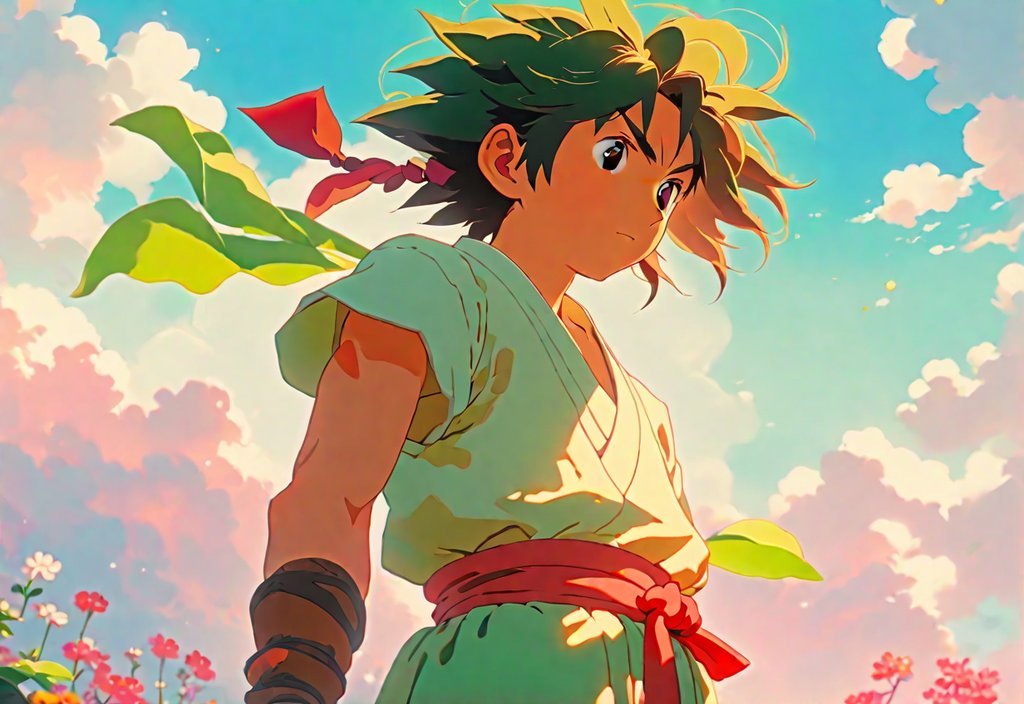
FAQ
Q1: What is the full name of Raphael and where was he from?
A1: Raphael’s full name was Raffaello Sanzio da Urbino, and he was from Urbino, Italy.
Q2: Did Raphael have any rivals in the art world?
A2: Yes, Raphael had prominent rivals, including Michelangelo and Leonardo da Vinci. They competed for patrons and their styles were often compared and contrasted.
Q3: Was Raphael influenced by any other artists?
A3: Yes, Raphael was influenced by his mentor Pietro Perugino, as well as Leonardo da Vinci and local artists like Fra Bartolomeo. Their artistic ideas and techniques had a significant impact on his own work.
Q4: What kind of work is Raphael best known for?
A4: Raphael is best known for his fresco sequence in the Raphael Rooms in the Vatican, which he was commissioned to create by Pope Julius II. These frescoes are considered some of his most significant works.
Q5: Are there any interesting facts about Raphael’s personal life?
A5: Yes, Raphael had a romantic relationship with Margherita Luti and was known for having a sweet disposition. He also had good relationships with those in high society. Additionally, there are claims that excessive sex contributed to his death on his 37th birthday.
- Star Ring Trends: Etsy vs Amazon - March 28, 2025
- Boost Pollinator Habitats: Baby Blue Eyes Sustainable Farming Guide - March 28, 2025
- Protect Big Black Bears: Effective Conservation Strategies - March 28, 2025
